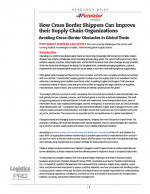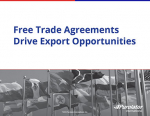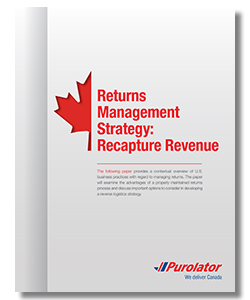Returns Management Strategy: Recapture Revenue
The following paper provides a contextual overview of U.S. business practices with regard to managing returns, and examines the advantages of a properly maintained returns process and discuss important options to consider in developing a reverse logistics strategy.
A survey by the National Retail Federation found that in 2011 almost nine percent of total retail sales were returned to their place of purchase.
This figure represents about $200 billion annually to U.S. businesses and a 12 percent increase since 2008.
But despite this significant impact on the bottom line, most businesses do not have policies, processes, or infrastructures in place to manage returns.
A study by Intermec Research found that more than half of all businesses surveyed do not have the capability to determine if returned goods should be discarded, returned to vendor, or moved back into inventory. The Intermec survey also found that 44 percent of distribution center managers consider returns a “pain point” in their operations.
With the rate of returns expected to continue an upward trajectory, businesses are recognizing the need to take control, and in some cases, are turning returns management into profit centers. In the past, returns might have been allowed to gather in a pile, but now businesses are increasingly incorporating reverse logistics strategies into their supply chains.
Reverse logistics - the process of planning, implementing, and controlling the efficient flow of goods from the point of consumption to the point of origin for purposes of recapturing value or proper disposal - is now seen as a critical component of the bottom line. A 2010 survey by Aberdeen found that 87 percent of respondents said effective reverse logistics management was either “extremely” or “very important” to their performance, up from 74 percent who felt that way in 2007.
As important as the decision to develop a reverse logistics strategy, so are the components of that strategy. A good strategy will help a business do the following:
Improve customer satisfaction/retention
Reduce processing and transportation costs
Recapture revenue on the secondary market
- Capture critical product performance data
What’s Related




Favorites





